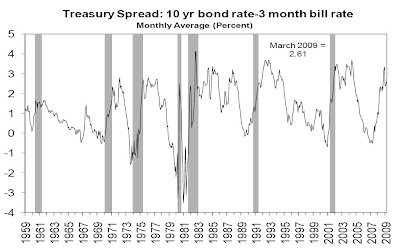From the latest GrowerTalks: Long before the bank says NO and the final profit and loss statement bleeds red ink, there are warning signs that a business may be in trouble. Whether you’re optimistic about your future or feeling a wee-bit stressed these days, it’s crucial to monitor for early indicators of coming problems. Think of it as preventative maintenance—something you’d give your vehicle in order to fix the little problems before the engine blows….continued.
Several folks, including myself, were interviewed for the article. Click here for the full scoop.




 It could be a lot worse. It
It could be a lot worse. It